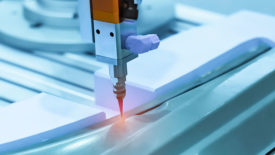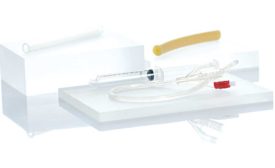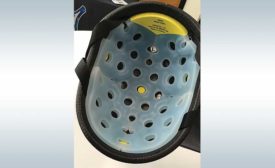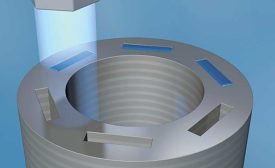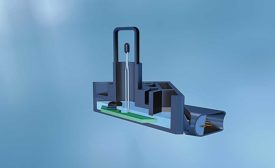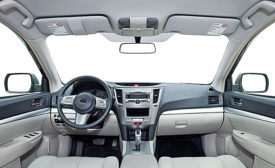Home » Keywords: » silicone adhesives
Items Tagged with 'silicone adhesives'
ARTICLES
Silicone Adhesives for Medical Device Assembly
Consider these factors when choosing a silicone adhesive for medical device assembly.
January 10, 2023
Surface Preparation and Medical Silicone Adhesives
Cleaning and priming substrates prior to bonding can significantly improve adhesion
June 7, 2019
Alternative UV-Curing Adhesives
A new generation of UV-curing silicones and epoxies are increasingly being used in automotive and electronics applications.
March 6, 2018
Heat-Resistant Adhesives
Epoxies top the list of adhesive chemistries that can take the heat.
May 5, 2017
Conformal Coatings Protect Automotive Electronics
Conformal coatings protect and electrically insulate circuit board components from environmental stresses.
August 4, 2016
EVENTS
Never miss the latest news and trends driving the manufacturing industry
Stay in the know on the latest assembly trends.
JOIN TODAY!Copyright ©2024. All Rights Reserved BNP Media.
Design, CMS, Hosting & Web Development :: ePublishing


